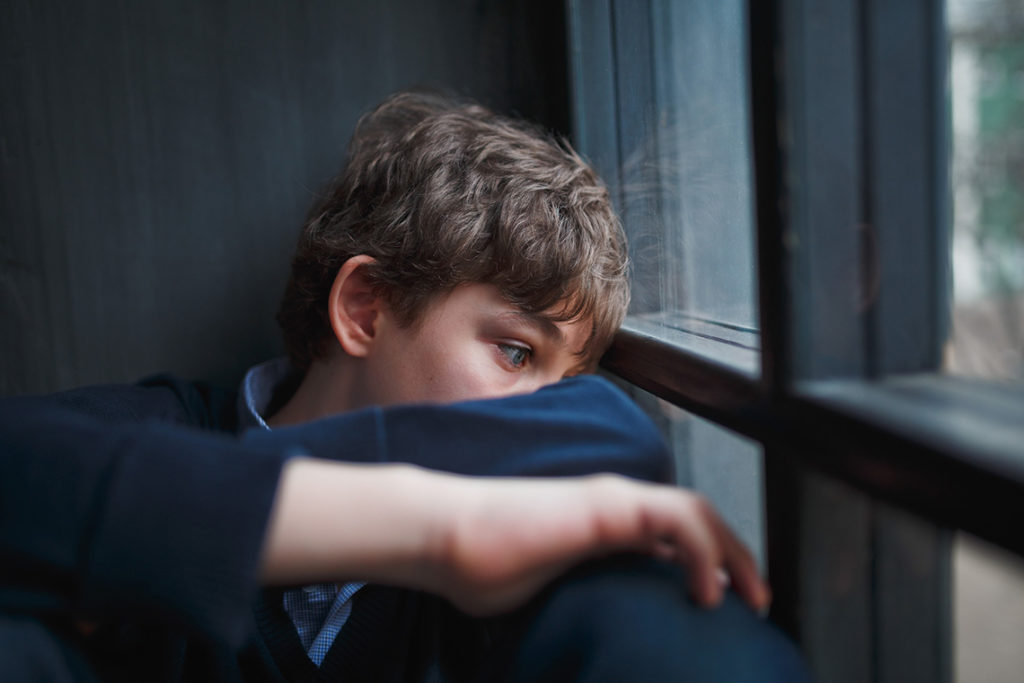
Self-harm is when someone intentionally hurts, cuts or injures themselves. For some people, self-harm is a way of coping with difficult or overwhelming feelings.
Self-harm is not necessarily a suicide attempt. Often, people can engage in self-harm as a coping mechanism to deal with intense or difficult emotions.
Forms of self-harm
- cutting
- burning
- scalding
- hitting or scratching
- breaking bones
- hairpulling
- swallowing toxic substances or objects
- engaging in risk behaviours (e.g. through sex, drugs & alcohol)
Why do people self-harm?
- Self-harm may be seen as a way to attempt to deal with negative, difficult and painful emotions
- Self-harm may be seen as providing young people with a way to express difficult or hidden feelings they are experiencing. Overwhelming feelings can sometimes leave young people feeling numb or empty. Engaging in self-harm may provide a temporary sense of feeling again, or may be a method they use to express anger, sadness, grief or hurt.
- Self-harm may be seen as providing a way to communicate a need for support when a person is unable to verbally ask for help.
- Self-harm may be seen by young people as a practice which helps them feel they are in control. They might feel that self-harm is one way they can have a sense of control over their life, their feelings, or their body – especially if they feel as if other things in their life are out of control.
Supporting your child
Some ways in which you can provide support to your child if they are self-harming, include:
- Try not to panic. When you panic, you may inadvertently shame your child, assuming that the next step is actually committing suicide. This can leave your child feeling even more ashamed and possibly more likely to want to self-harm again.
- Create a safe space for them by dealing with any immediate medical concerns. Contact emergency services or attend your local A&E if necessary. Once that’s done, remove any dangers from them – sharp objects, knives, etc.
- Listen and find out what your child needs and what they are going through. Help them find someone they trust to talk to and encourage them to find a network of friends that they can be themselves around.
- Try to understand the severity of their anguish; self-harm is often an expression of intense inner turmoil. Do your best to find out why they are self-harming and what you need to help them regain their sense of self-worth and belief again.
- Provide a safe and open environment in which they can freely discuss their thoughts and feelings. Go for a walk and talk about all the reasons you love them, your memories of them as a baby/child and real events that prove they are a valuable member of your family and society.
- Replace the self-harm with other activities – eg. deep breathing, painting, writing in a journal, listening to music, knitting, expressing your anger through drawing or other forms of art, go outside and scream/yell loudly (or scream into a pillow). Alternatively, you could give them oil or moisturising cream and ask them to rub that on the area that they are thinking about cutting/harming.
- Seek professional advice and support.
Support is available
If you are concerned your child might be self-harming it is important that you seek support and guidance from a professional. Attend a GP or hospital. Medical professionals can refer a child to a specialist who can provide them with further help. Different professionals often work together in Child and Adolescent Mental Health Services (CAMHS).
You can find more information and support around your child’s mental health at the following organisations:
Childline is available at any time of the day or night for any child or young person up to the age of 18 in Ireland who wishes to talk about any topic on their mind. Childline is here to listen and offer support.
You can read how we presented information on self-harm to children and young people on our Childline.ie site here.
